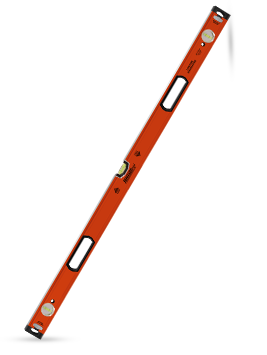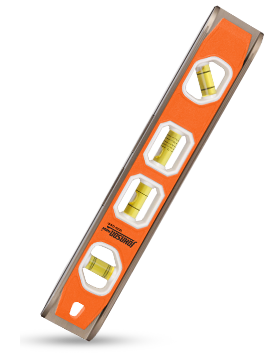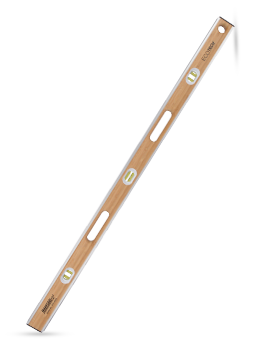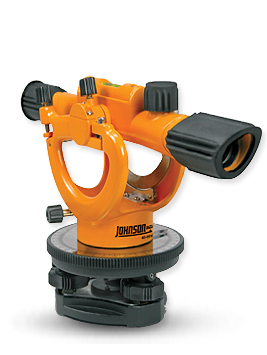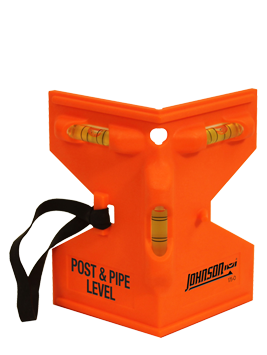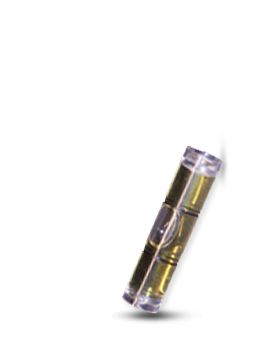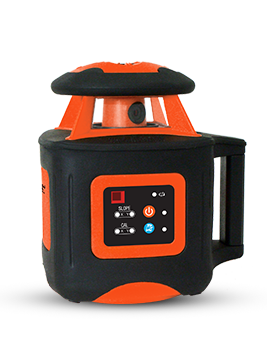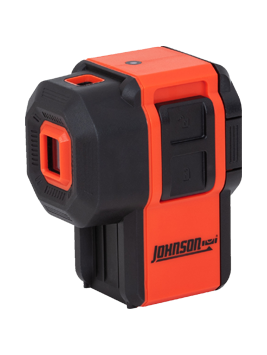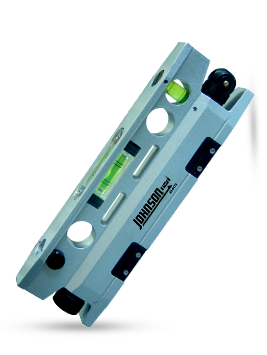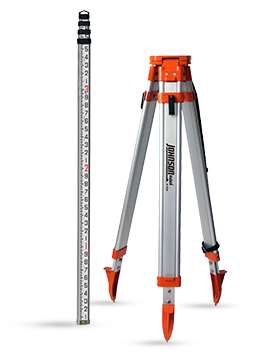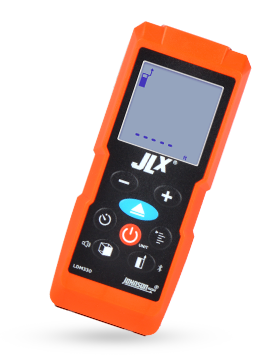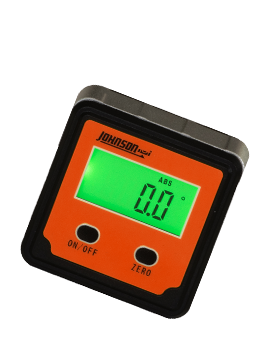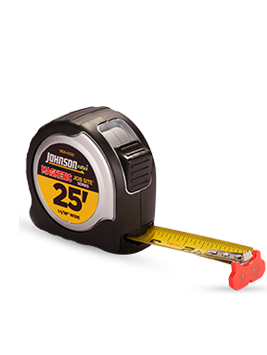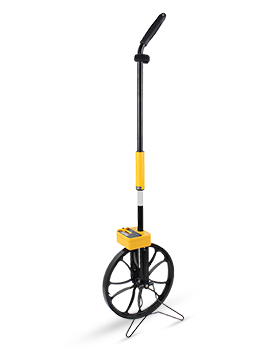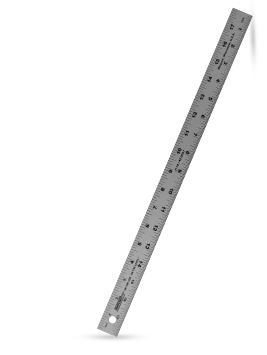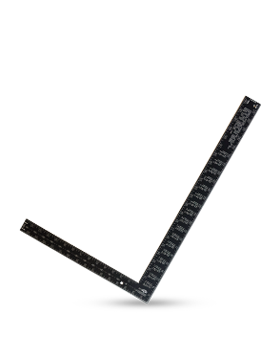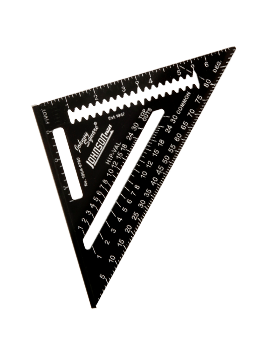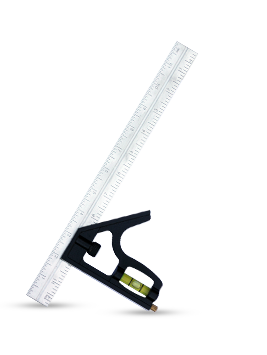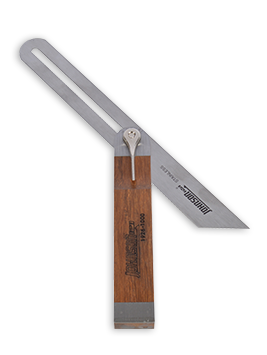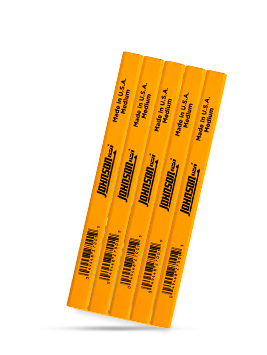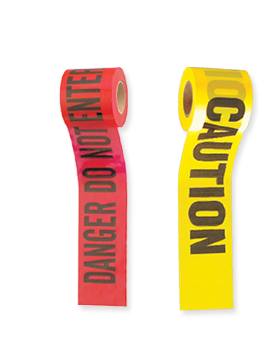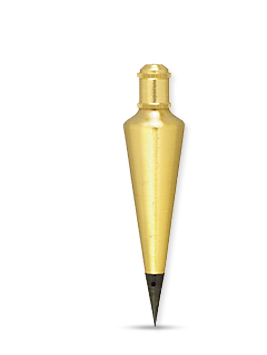Choosing a Rotary Laser Level for Both Indoor & Outdoor Use
View all rotary laser levels from Johnson Level.
Consult our how-to guide on how to calibrate and use rotary laser levels.
This article will help you determine whether or not an indoor or outdoor rotary laser level is a best fit for your needs. Rotary lasers levels project a beam of light 360° allowing the user to establish a horizontal or vertical plane.
How to Choose a Rotary Laser Level
- For indoor projects: multiple line lasers work well for lining up kitchen cabinets or framing pictures in a small, enclosed room.
- For outdoor projects: use a rotary laser level on a secure tripod for uneven surfaces and long distances. Purchase appropriate colored goggles to see the beam more easily.
- Consider room size or distance for the laser to travel. Laser levels with a low rotations per minute (RPM) are bright and visible, but don’t travel far. High RPM levels travel further, but the laser is fainter.
- What is the stability of the job? You can use a manual laser level for indoor projects on a relatively flat work space. You’ll want a self-leveling laser level for outdoor projects with uneven surfaces.
- Do you have a level surface for the rotary laser level? You may use a bucket or sawhorse, but a tripod is the best option.
Common End User Applications
1. Construction Contractors
- Leveling
- Checking cut and fill
- Setting foundations & footings
- Concrete pours
- Septic tanks and basement excavations
- Acoustical ceiling & drywall
2. Builders
- Align & plumb walls
- Metal stud and wood framers
3. Deck Builders
- Leveling deck floors
- Establish diagonals & footings for decks/patios
4. Farmers
- Contour farming, drainage
5. Landscapers
- Terracing & retaining walls
If you’d like more informational level and tool how-to’s, check out Johnson Level’s guide of how-to's.
View all rotary laser levels from Johnson Level.
Consult our how-to guide on how to calibrate and use rotary laser levels.
©2010 Johnson Level & Tool Mfg. Co., Inc.

